Labor turned a monkey into a man. And even now, each of us has at least once encountered difficulty. Going to the store, cleaning the house, writing an article, doing homework is all a work process. All of them are distinguished by the severity of labor, tension, environmental factors.
Labor process concept
First you need to understand the concept of "labor". Labor is a conscious human activity aimed at satisfying both one's own and mass needs.
The labor process is the actions that are performed by the employee (or employees) to achieve quantitative or qualitative changes in labor. In this case, the employee spends his physical and nervous energy. There is another definition: the labor process is a process that occurs in a certain time and space.
What is the difference between the concepts of “labor” and “labor process”? The labor process, as it were, directs the work. The main objective of this process: to solve any problems in the field of the company or organization, labor standards and regulation.
Also, the labor process can be understood as the consumption of labor for the creation of services or material goods.
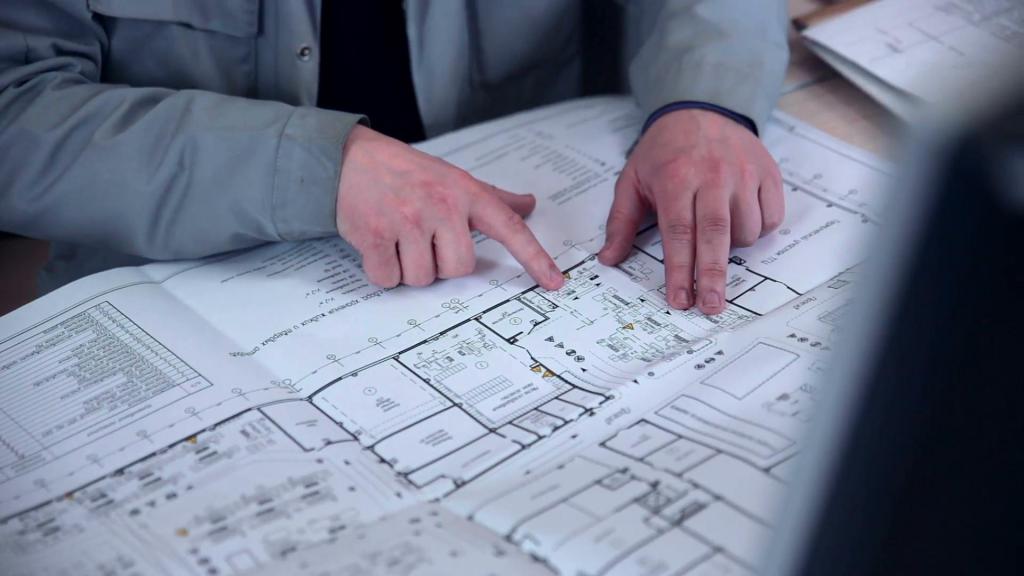
Classification
The labor process has several types of classifications.
- Type of organization of production: single, serial, mass.
For a single type of organization is characterized by the piece release of goods and services. Finished consumption products are diverse and variable, and their nomenclature is limited.
In mass production, an assortment of a wide range of products is manufactured, and it has been produced for a long time.
The mass organization of production produces a huge amount of a certain type of goods for many years.
- The number of operations.
In a single production there are more than 10 operations with the product. In serial - up to 10, and in mass - up to three. As a rule, products of a single type are of higher quality, since their production requires high control over operations.
- Functional attribute: managerial, auxiliary and basic.
- The nature of labor and the level of mechanization: hardware, automated, machine, machine-manual, manual.
As a rule, the single type is characterized by the manual nature of labor. For the masses - machine and automated.
- Organizational attribute: group, individual, subject-closed.
For the subject-closed type, the production of goods at one workplace is characteristic.
- Duration of production: cyclic, discontinuous, non-cyclic (in turn, is divided into continuous and periodic).
- The content of production: manufacturing, mining.
- Modification of products: physical, chemical.
Structure
The labor process consists of two elements: labor and means of production. The latter refers to labor objects and means. The labor force applies its physical and mental skills to carry out its duties.
The subject of labor can be considered any natural resource. The labor force, using the means for work, adapts this resource to the benefits that are necessary for a person. Consider an example of notebook production: people process wood to get paper, then fasten it with paper clips (which, in turn, were obtained from metal, i.e., a natural resource). After that, the notebooks are taken to shops, from where their main consumer buys.
Of course, we can’t immediately get the finished product from the resource.To achieve the desired result, additional tools are needed: machines, various mechanisms.
Only with all of these components will the labor process gain its significance.

Labor factors
These are the factors that determine the labor process: its severity and tension.
The severity of labor is a factor that determines the load on a particular human system (for example, musculoskeletal or cardiac). The severity is determined by physical activity, the weight of the transported load, the person’s posture, movements, etc.
Labor intensity is a factor in the labor process that determines the load on the central nervous system, human emotions, and perception organs (vision, hearing). This factor is given special attention in work in managers and those who drive cars, planes, trains. It is worth noting that fatigue at work is not included in work stress. NTs are also used to equip the most comfortable place to work.
A hazardous working environment factor is a factor in the work process that contributes to the appearance of serious diseases, complications, or even leads to death.
Hygienic standards of working conditions imply that working conditions should not harm health or cause deviations in the human body, throughout the entire working time. These standards should not harm both the current generation and the future.
The labor process is a combination of all factors aimed at safety and improving working conditions.
Work environment factors
There are certain environmental factors of the labor process:
- Physical. Interaction with aerosols (dust), sounds (noise, vibration, ultrasound, infrasound), radiation of ions, light, non-ionizing electromagnetic fields, microclimate (characterized by temperature, humidity, thermal radiation).
- Chemical factors. Interaction with chemicals, mixtures, acids, oxides, gases, etc.
- Biological factors. Interaction with microorganisms - producers, living cells and spores, as well as pathogens of dangerous infectious diseases.
The factors of the work environment and the labor process are inextricably linked. Therefore, enterprise managers need to perform a number of complex tasks in organizing the labor process.
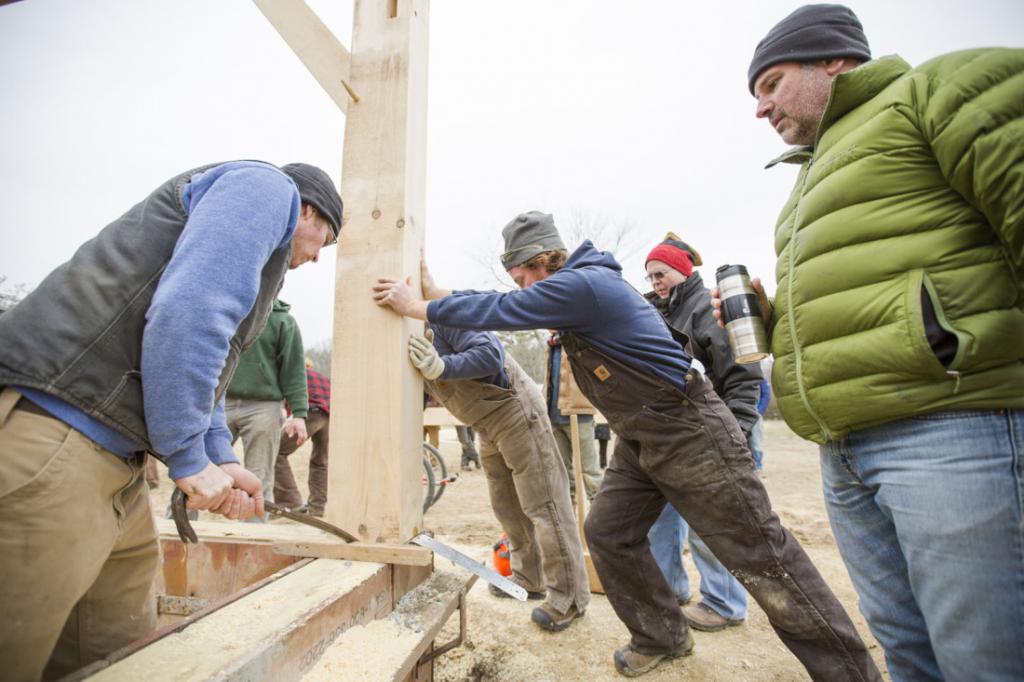
Production and labor process
A manufacturing process is a process in which an initial resource is transformed into a finished product or service. They are divided into two types:
- The main production. They are engaged in the release of goods for the market.
- Auxiliary. Ensure the normal operation of firms and enterprises.
The production process is usually considered from two sides: from the technological process and labor. The technological process is engaged in changing the products of enterprises, and the labor process is a set of actions by workers that improve the objects of labor.
That is, the labor process is one of the main parts of the entire production process.
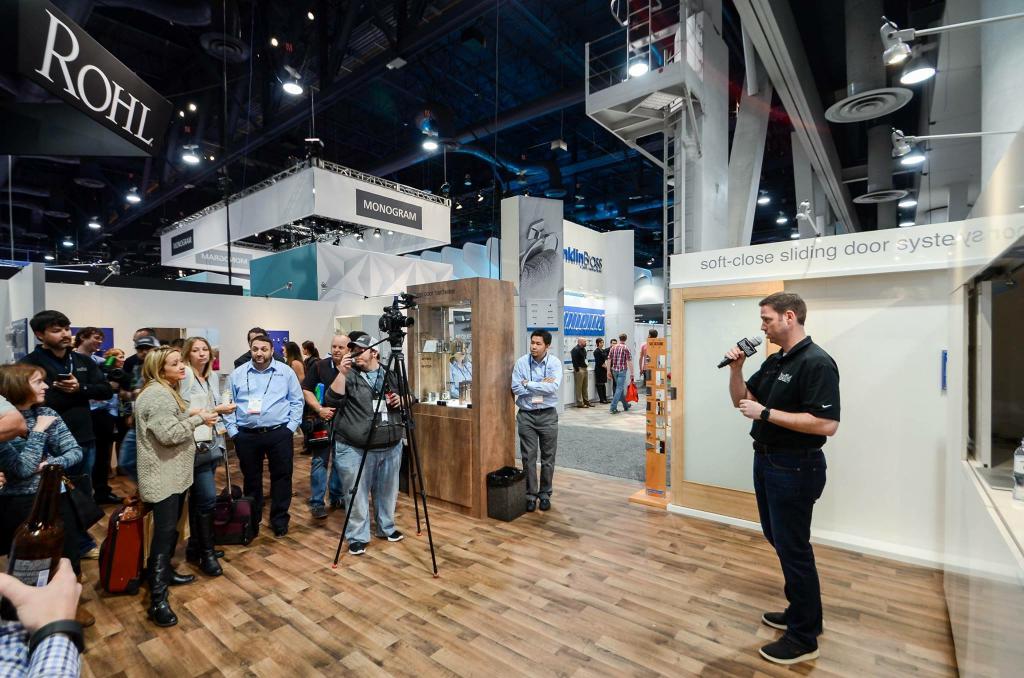
Man and Labor
As mentioned above, labor turned a monkey into a man. Since ancient times, man has played a key role in the labor process. He is able to think creatively, solve problems not "according to the pattern", make adjustments and ensure the operation of each mechanism. It is a person who organizes any production. The house you live in has never acquired such a look without human intervention. The design of the building, the creation of materials, the construction - all this is man.
The human factor of production is not only the consumption of goods, but also their creation. Everyone is committed to improving product quality. Studies have confirmed that even in the period of lower salaries, unemployment and other problems - a person was always ready to responsibly approach his business.
In addition, man is the link between the processes of production and consumption. For example, in winter everyone needs warm clothes.Manufacturers take this need into account and produce winter jackets, suits, and fur coats. Consequently, the demand for these products will be much higher than in summer. That is, the human factor establishes the demand for goods in the market.

Work planning
The main goal of planning is to set specific goals and objectives for the near future. For example, we need to draw a picture on order. To save time and effort, the artist will not make himself an easel, canvas, paints and bones, because all this can be purchased already in the store. This means that planning helps to save the resources and time of the manufacturer. Most enterprises use standardized labor. The planning process has the following algorithm:
- Setting goals and objectives.
- Develop a plan to achieve your goals. Several plans should be made at once, in order to compare them later and choose the most optimal one.
- Determine the amount of resources to work or how to obtain them.
- Choose a plan and proceed with its implementation.
Manufacturers follow the points of the algorithm either from top to bottom or from bottom to top. Also, some steps can be replaced or add new ones. It all depends on the type and complexity of production.
To plan your activities, answer the questions: who? What? Where? When? How? How long will this project take?
Rationing methods
There are three methods of labor regulation:
- Analytical. It studies and analyzes the specific process of labor, divides it into components, determines the capabilities of equipment and workers. Based on the analysis, the time and labor costs of employees are calculated.
- Trace element. It is aimed at simplifying labor actions. For example, if a machine does 15 actions, and a person 3, then, most likely, human hands will be replaced by mechanical ones. That is, instead of the required 3, only one will be executed.
- Total. Takes into account the personal experience of the enterprise standardizer, analyzes the activities of past years, but does not take into account the production capabilities of the company.
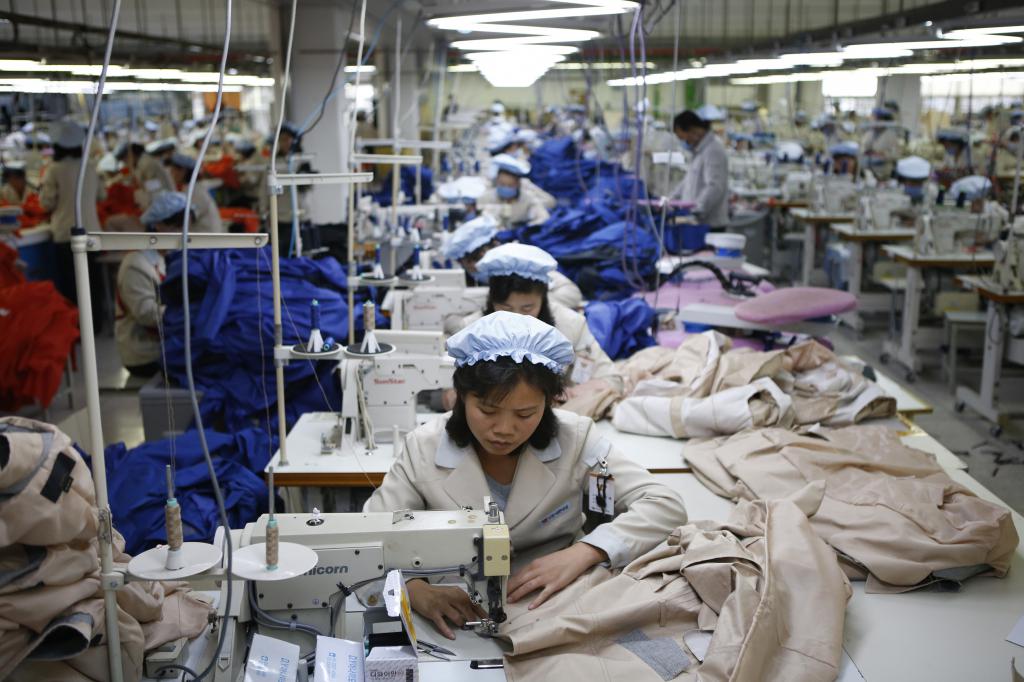
Photo of the work process
A photograph of the work process is used to record the costs of working time or using equipment for one day or one work shift. This picture allows you to identify:
- Shortcomings in the labor organization.
- Not rational use of resources and time of the labor process.
- The required number of employees, products and time to achieve the goal for the day.
- The necessary amount of time for the employee to prepare the workplace, breaks, personal needs.
- The reasons why the plan was too overfulfilled or not implemented at all.
To get such a picture, start an observation for each day, process the received data and adjust the new plan the next day.
There are three photo methods:
- Group It analyzes the actions of one team or shift: their conduct of working time, division of labor.
- Direct observation. Under the attention of 2 to 3 people. All actions are the same as with the group photo method.
- Route photo. Here, 4 to 15 people are observed in a certain period of time.
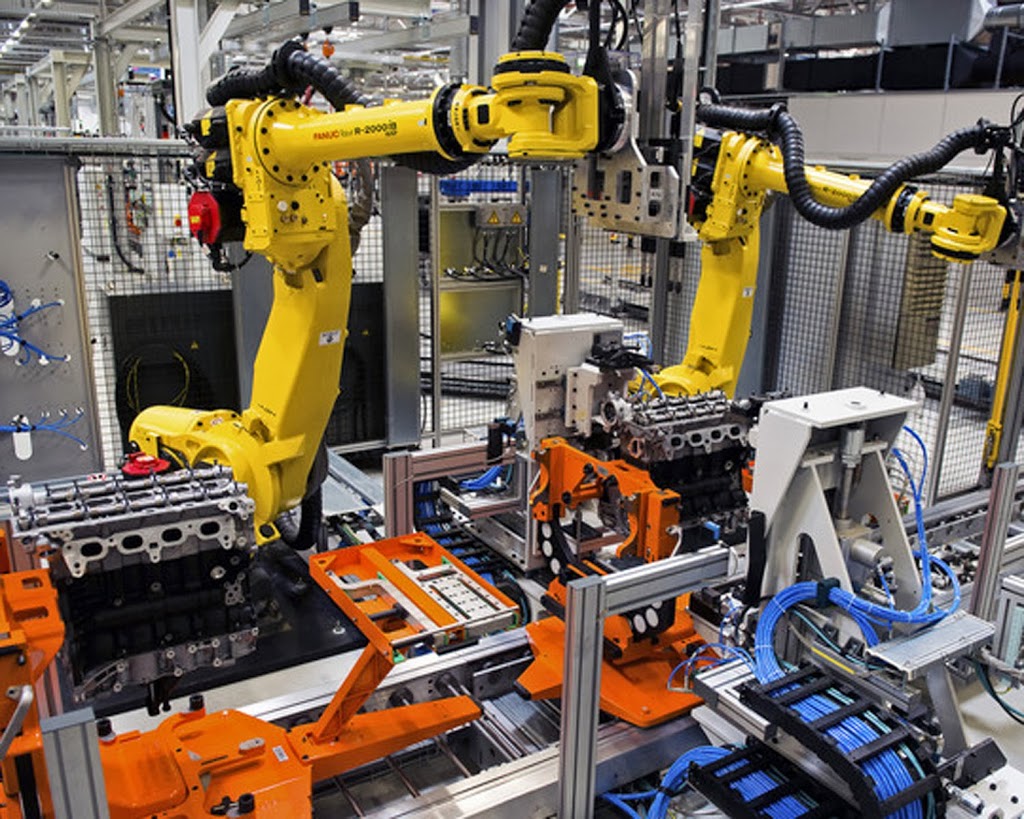
Conclusion
Today, the labor process has become the basis of everything that surrounds us. The phone that you hold in your hands, the bed on which you lie - all this is the result of the labor process. In addition, the labor process cannot be imagined without a person. He is always ready to create something new, unknown to the world now. In the process of labor, a person improves not only himself, but the world around him. Although now the age of technology is in the yard, robots also do not assemble themselves. To do this, they need creative, free-thinking and responsible workers.
The labor process will always be inextricably linked with human life.
